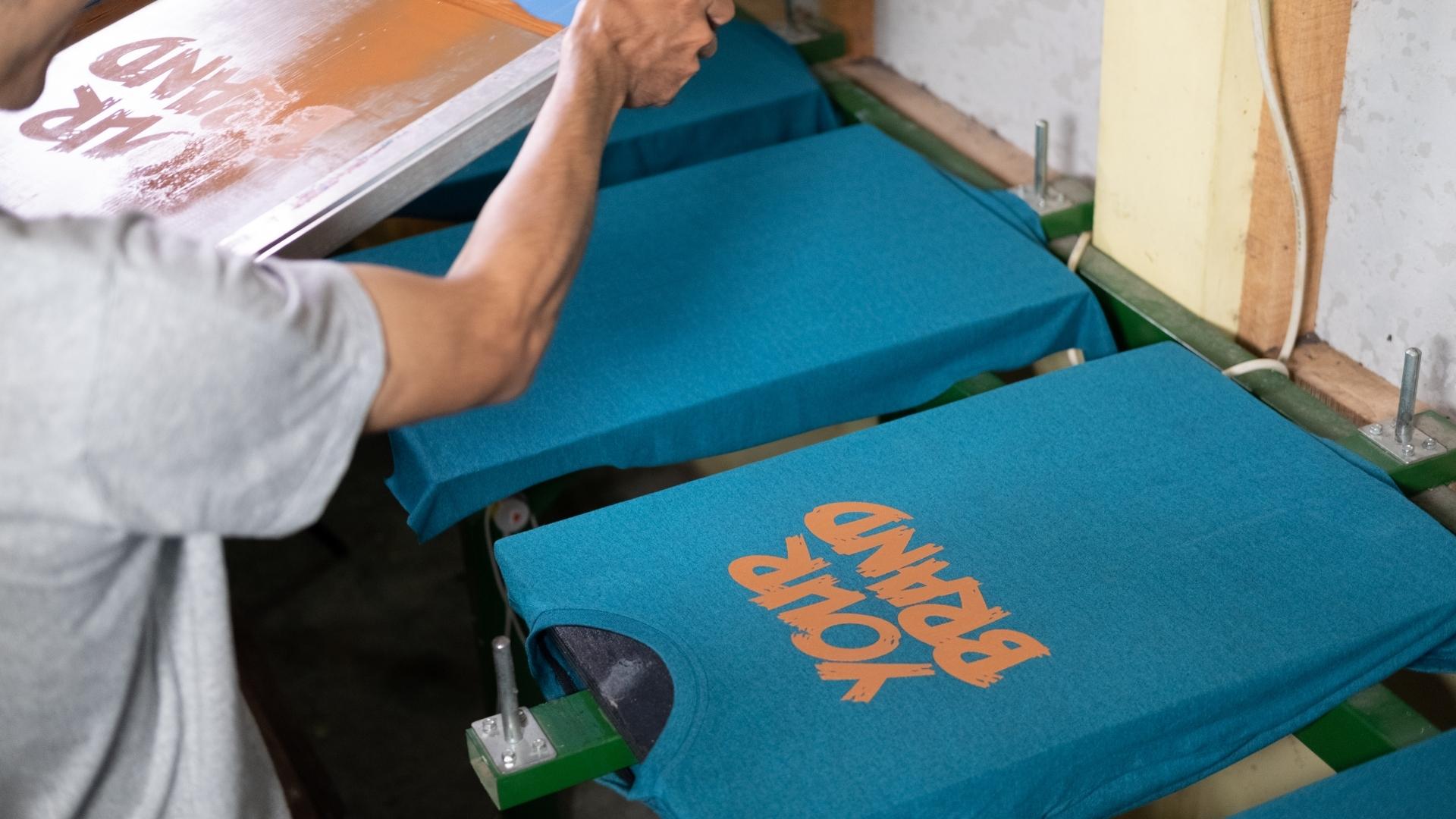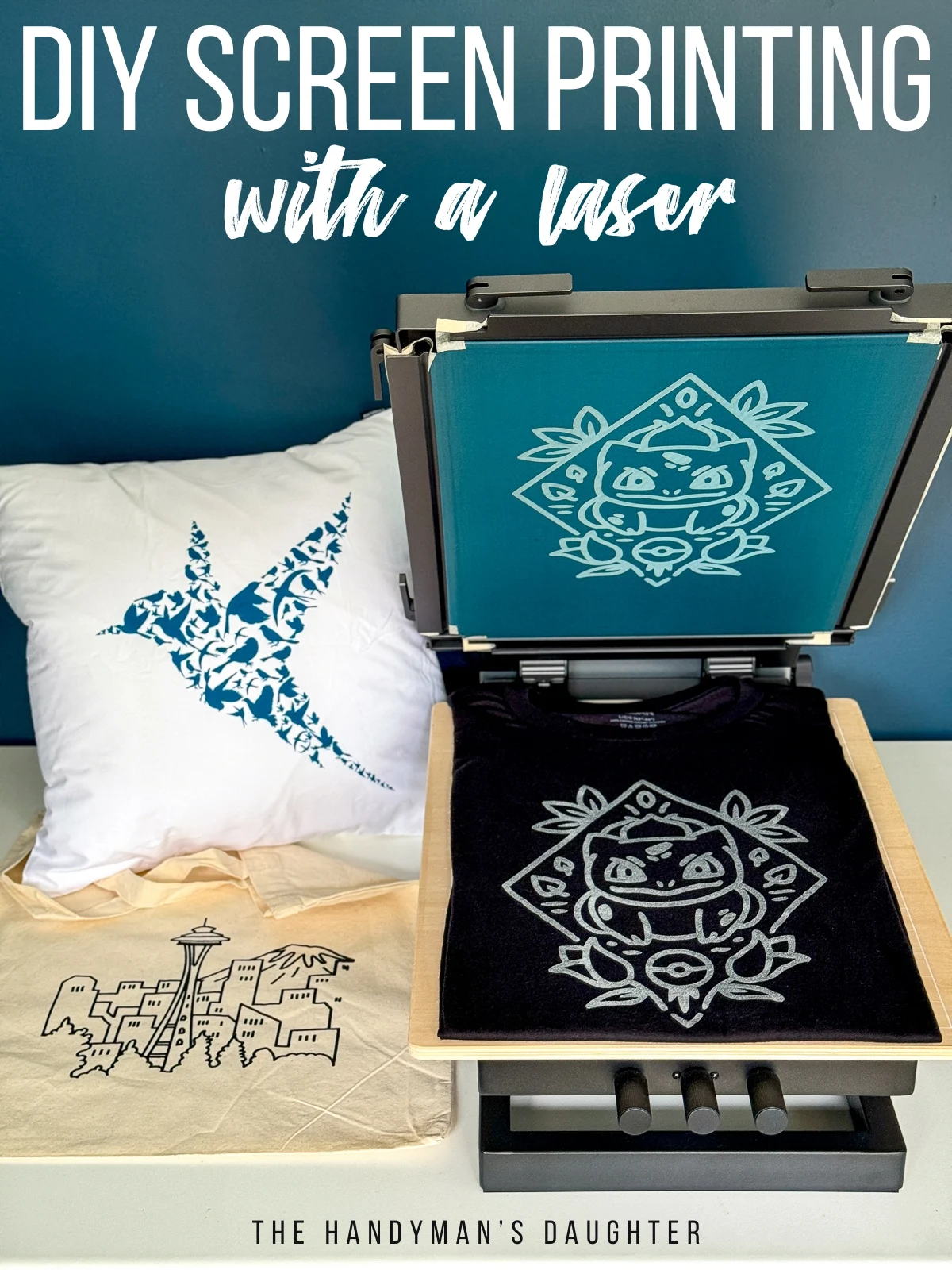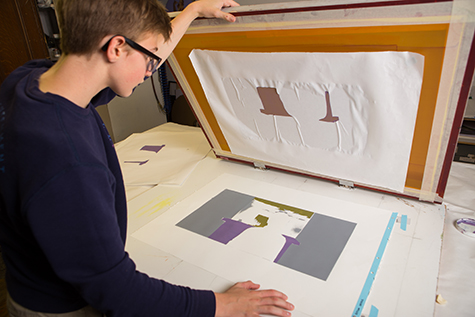ChatGPT said: What customers are saying in 10:9 Design reviews: real experiences
Wiki Article
The Important Overview to Comprehending Screen Printing and Its Versatile Utilizes
Screen printing has a rich history that goes back to old times, advancing into a sophisticated method utilized throughout numerous markets today. This guide checks out the intricacies of the screen printing process, detailing its applications in home, advertising and marketing, and style design - 10:9 Design LLC Company. Comprehending these basics can open innovative potential for both creative and business projects. The complying with sections will expose crucial ideas and strategies to boost one's screen printing endeavorsThe History of Screen Printing
Although screen printing has roots that map back centuries, its evolution reflects the artistic and technological developments of various cultures. Coming from old China, the technique was originally used for embellishing fabrics and later infect Japan, where it ended up being indispensable to Ukiyo-e woodblock printing. The method changed to Europe in the 18th century, where it got popularity amongst craftsmens and commercial printers. The creation of photo emulsion in the 20th century reinvented screen printing, permitting even more complex layouts and better effectiveness. Musicians like Andy Warhol even more thrust its appeal, making use of the medium to develop renowned jobs that mixed commercialism and great art. By the late 20th century, screen printing had developed itself as a flexible strategy, employed in fashion, advertising, and art. Today, it remains to develop, incorporating digital innovation and expanding its applications across various sectors.The Screen Printing Refine Explained
Screen printing transforms imaginative visions right into concrete designs through a series of accurate steps. Initially, a photo is produced and afterwards moved onto a screen, typically made of fine mesh fabric stretched over a frame. A light-sensitive emulsion is put on the screen, which is exposed to light, setting in locations not covered by the image. After rinsing the unhardened solution, a pattern is created.Next off, the screen is positioned over the substratum, whether it be textile, paper, or one more product. Ink is after that pressed with the open locations of the pattern making use of a squeegee, depositing the layout onto the substratum listed below. This procedure can be duplicated for numerous colors, requiring separate screens for every hue. The published product is healed utilizing warmth to guarantee the ink adheres properly, resulting in a sturdy, lively design ready for usage.
Kinds of Screen Printing Techniques

In addition, specialized techniques, such as discharge screen printing, eliminate dye from the textile to produce softer prints, while foil screen printing uses metallic aluminum foil to achieve a shiny finish (10:9 Design near me). Each method supplies distinct attributes, dealing with different imaginative demands and production scales, ultimately expanding the possibilities within the screen printing domain
Applications of Screen Printing in Various Industries

Additionally, the signage and advertising and marketing markets make use of screen printing for creating captivating screens and banners. This method enables for vibrant colors and detailed styles that capture attention. In electronic devices, screen printing is utilized for using conductive inks to motherboard, necessary for part links. The home decoration industry welcomes screen printing to generate distinct styles on fabrics and wall art. Overall, screen printing acts as an important tool throughout varied fields, enhancing products with individualized and visually enticing graphics.
Tips for Effective Screen Printing Projects
While taking on a screen printing project, careful focus to information can significantly enhance the final end result. Selecting high-quality products is necessary; this consists of the screen, inks, and substratums. Making use of appropriate mesh counts can impact ink deposition and detail resolution. Prep work is just as important; comprehensive cleaning of screens and correct direct exposure times ensure crisp prints.Next, precise enrollment is important for multi-color prints. Using alignment tools can aid achieve precise layering. Additionally, screening prints on scrap materials before production aids determine potential concerns without squandering resources.

Often Asked Concerns
What Materials Are Best for Screen Printing on Material?
Cotton and polyester blends are ideal for screen printing on fabric as a result of their sturdiness and ink absorption. Furthermore, specialized materials like silk or canvas can create special appearances and surfaces, enhancing the overall style quality.How Do I Clean and Maintain Screen Printing Equipment?
To preserve and clean screen printing equipment, one should consistently wash displays with ideal solvents, inspect squeegees for wear, oil relocating components, and shop all products in a dry, dust-free atmosphere to prolong their life expectancy.What Are the Environmental Influences of Screen Printing?
Screen printing can have significant environmental effects, including chemical waste from inks and solvents, water usage print and sign shop throughout cleansing procedures, and power usage. Sustainable practices and green products are necessary for lessening these adverse impacts.Can Screen Printing Be Done at Home Efficiently?
Screen printing can be properly done at home with the best products and methods. Hobbyists can develop quality prints, though success relies on their skill degree, tools, and understanding of the procedure involved.
What Are the Expenses Linked With Starting a Display Printing Business?

Beginning a screen printing business includes costs for devices, products, and workspace. First expenditures typically range from a few hundred to a number of thousand dollars, depending on the range, high quality of equipment, and wanted production capability.
Screen printing has a rich history that dates back to old times, advancing right into a sophisticated strategy utilized across various markets today. An additional technique, rotary screen printing, employs round displays, facilitating continual printing on material rolls, thus improving effectiveness for large-scale productions. Furthermore, specialty techniques, such as discharge screen printing, eliminate color from the textile to create softer prints, while foil screen printing uses metal aluminum foil to accomplish a glossy surface. In the fashion market, screen printing is commonly utilized to develop dynamic designs on clothing, enabling brand names to display their special styles. Cotton and polyester blends are ideal for screen printing on textile due to their sturdiness and ink absorption.
Report this wiki page